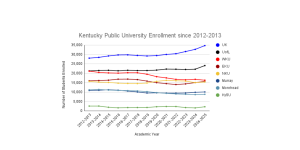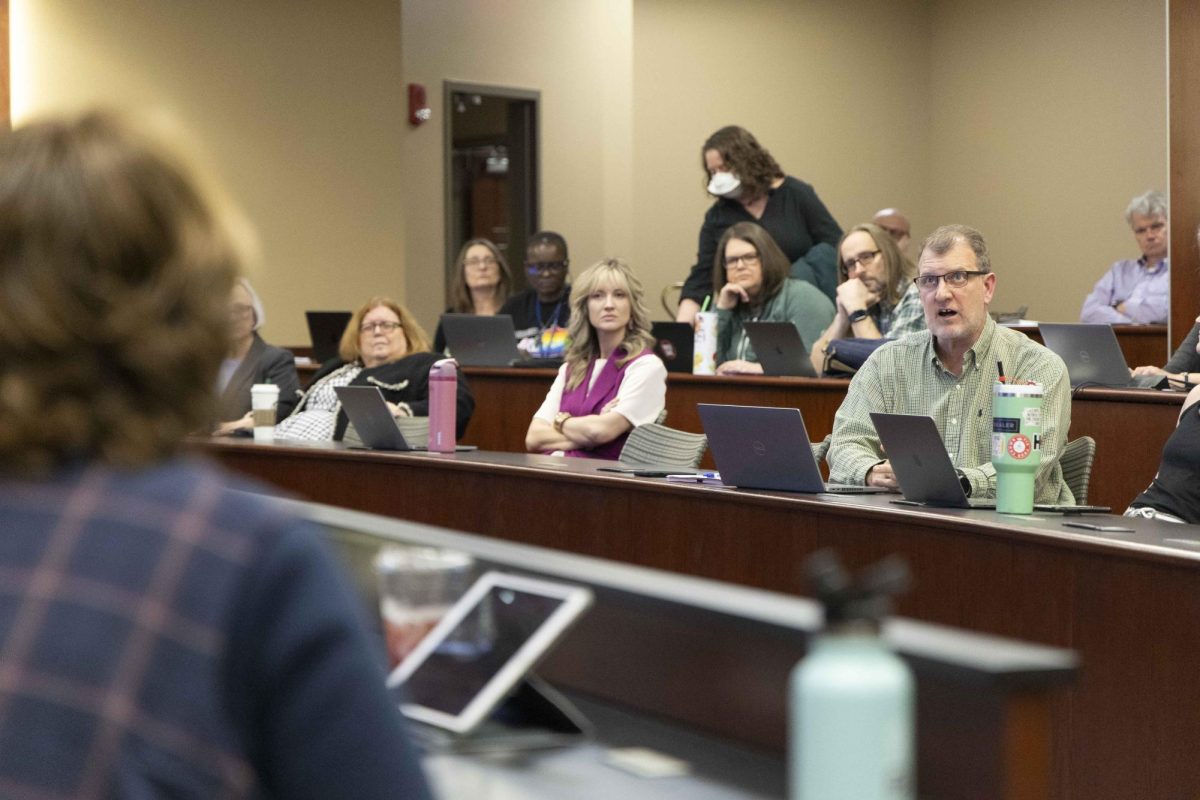SGA ‘hammocks project’ begins planning phase following passing vote
March 4, 2020
The senate body of SGA has voted in favor of allocating $5,000 to begin plans to build hammock poles across campus. 3-20-S, the hammock-building bill specifically, is part of a larger SGA initiative through the “special projects fund.”
The plan for “physical projects” championed by SGA’s current executive board begins its fruition here. Plans for a sand volleyball court were deemed too expensive earlier in the year, but the hammock poles’ approval could lead to many more visible improvements to infrastructure.
No pole is set in stone, however, as the SGA legislative board will follow this plan through to completion before any money is spent. Should SGA find the hammock plan to be going too far off course or above budget, they have the power to pull the plug.
One of the biggest benefactors from these planned hammock spaces is people who live on campus. Residence Hall Association President Emily Whitney spoke on students’ excitement about the prospect of a dedicated hammock space, despite the fact that no student had made mention of it before the SGA initiative.
“People were like ‘Wow, we hadn’t really thought of this,’ but everyone loved the idea,” Whitney said of an RHA meeting that saw a visit from SGA Executive Vice President Garrett Edmonds, who is also one of the main sponsors of the bill.
She also spoke on RHA’s recent budget cuts, and how the association plans on putting more of a focus on advocacy and resident support moving forward. She also pushed partnership with SGA in a shared goal to build community among students.
“We thought this would be a super cool opportunity to not only advocate for the residents inside of the residence halls, but to build or relationship with SGA,” Whitney said.
A current map of the planned hammock pole locations, which is subject to change, sees locations near a majority of WKU’s residence halls, as well as other “under-utilized hot areas” in need of commodification. One location sees the utilization of the “Valley” which, according to President Will Harris, has seen a significant decrease in student use following the construction of Hilltopper Hall in the Fall of 2018.
An article and video were shared to the senate of a recently completed hammock project by Nebraska University. The Nebraska project, which cost approximately $500 less than WKU SGA’s $5,000 budget, sees NU following trends at universities like Rice University where dedicated hammocking spaces have become immensely popular. WKU hopes to do the same, with SGA also hoping to get some $5,000 PR out of it as well.
“This is an opportunity for us to get our name out there,” Edmonds said, reiterating that both he and Harris ran for executive in the hopes that SGA would become known for more than just “scantrons and greenbooks.”
This bill, as during much of its progression to the voting stage, has faced a fair amount of criticism. Aside from questions of budget logistics, many senators had questions about the hammocks themselves: if they would be provided by the university, if they would be left on poles, if they would be replaced by SGA funding, and so on.
Stock hammocks will be considered in the budgeting for purchasing plans, and would be rented out to students from residence halls and the Preston center as needed, according to the executive members heading the project. While the sponsors couldnt guarantee that hammocks lost, damaged or left unusable would be replaced through the same SGA fund, they claimed it was something that would also be taken into consideration during planning.
A key to understanding this bill is that no money can be spent or even planned on being spent from the special projects fund until the bill itself is passed. This means many people who make decisions based on this numerical budgeting data, like Legislative Research Chair Josh Zaczek, would be left in the dark until the votes were counted.
“I’d like to know that this money is actually being spent in an all-inclusive way,” Zaczek said.
Zaczek claimed that he had encountered a considerable amount of friction in speaking with Edmonds on the budget for this bill. He understood why he couldn’t be given numbers given the parameters, but still did not feel comfortable voting blindly in favor of it.
Senator Garrett Baum felt far more comfortable than Zaczek in his vote, encouraging senators to consider how small of an amount $5,000 is to be doing this much to “impact students” for as long as the project is presumed to function.
“[The need for] maintenance will come and go,” Baum said. “And we can just pass more legislation on it.”
Baum believed the notion that the hammocks could get 10 to 15 good years of service, making the impact of $5,000 on student satisfaction and retention increase tremendously.
The hammock plan will not see any formal use of the SGA funding until planning is complete, Thereafter, also as noted, it is completely and solely within the power of the SGA senate to approve or veto the use of the funds as they pertain to the given plan.
Updates on this bill, as well as the hammock spaces and the special projects fund, will follow.
News reporter Brody Rexing can be reached at Brody.Rexing586@topper.wku.edu.

















